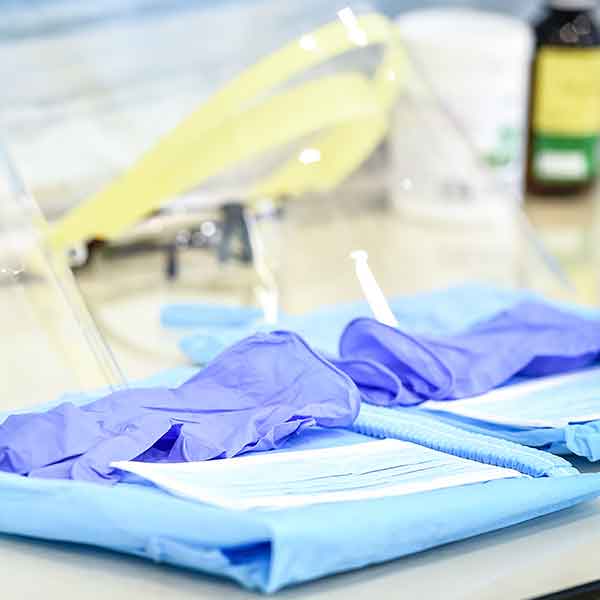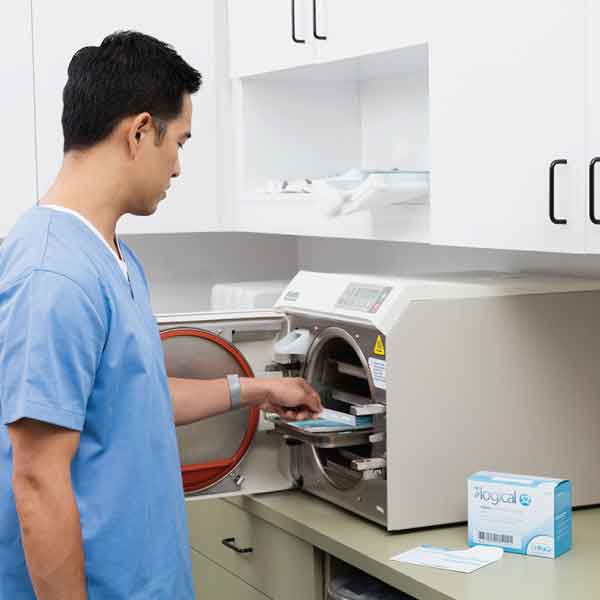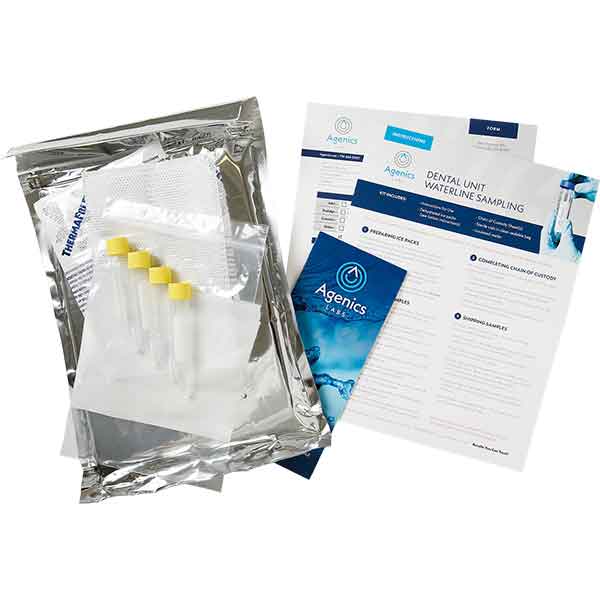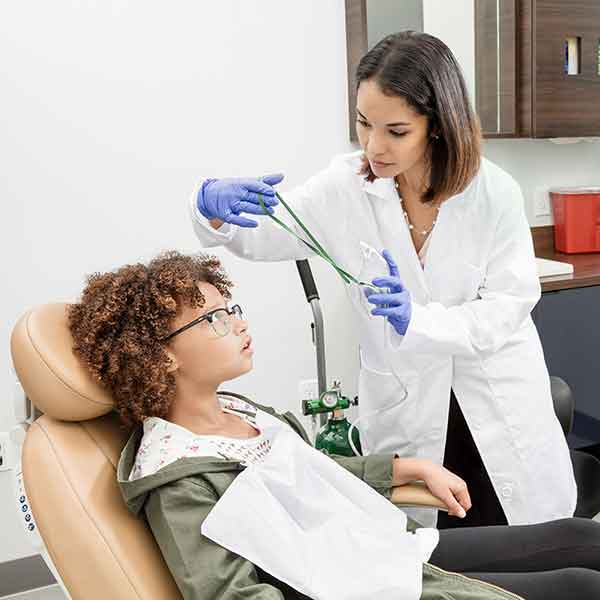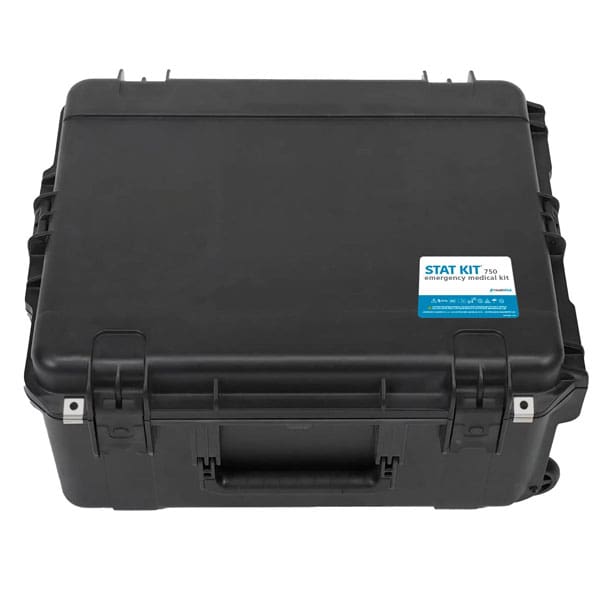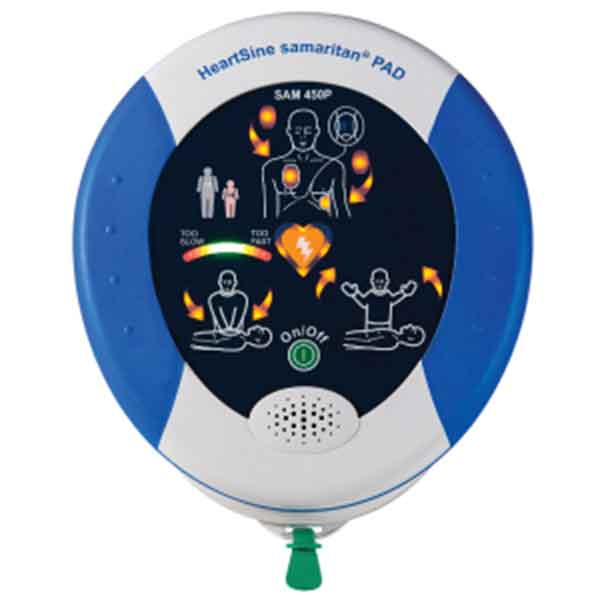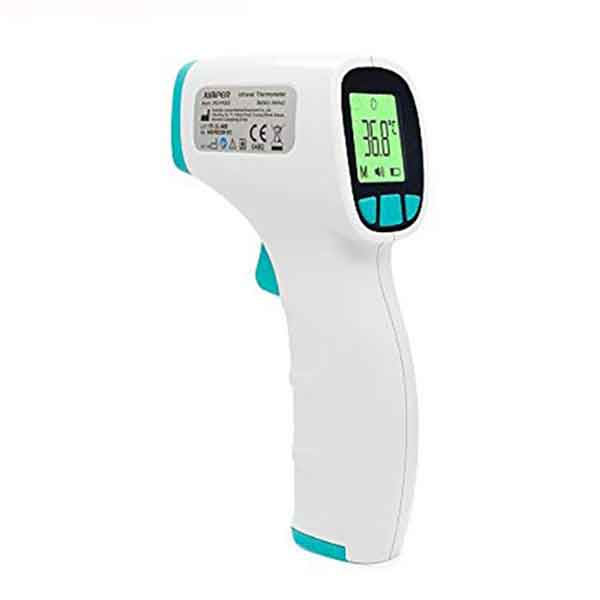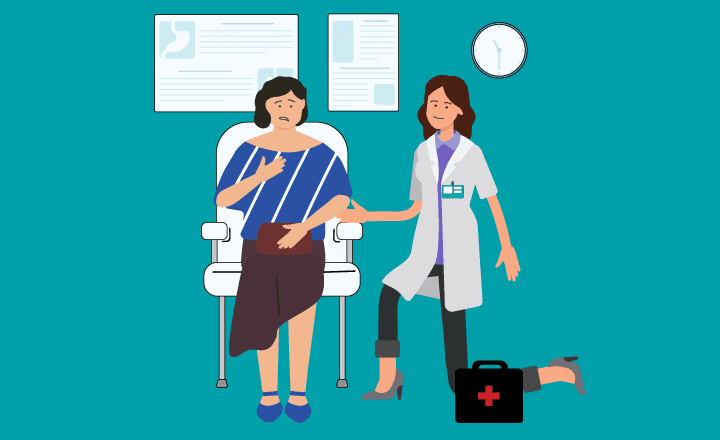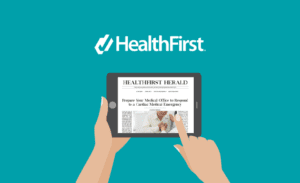Since 1986 Federal Aviation Administration (FAA) regulations have mandated that all domestic passenger airplanes with a flight attendant have an emergency medical kit containing medications and devices onboard1. The FAA also requires airlines to ensure that each crew member receives training for in-flight medical events2.
Steady Expansion of Required Kit Medications
In 1986, an airplane emergency medical kit had to include diphenhydramine injection, epinephrine injection 1 mg/mL, 50% dextrose injection, and nitroglycerin tablets. These items were added following a FAA study in 1997: oxygen, supportive care items, equipment for closely monitoring a patient, analgesics, a bronchodilator inhaler, and an oral antihistamine.
The Aviation Medical Assistance Act of 1998 prompted the FAA to consider whether to require AEDs on passenger airplanes and to reassess equipment and medications in the original emergency kits.
In 2004, the FAA declared that airplanes with a capacity of at least 30 passengers be equipped with an automated external defibrillator (AED) and emergency medical kit and added several other emergency medications to its requirements (see Table 1, Minimum Contents for Medical Emergency Kits). The FAA has not updated the kit’s list since then.
Previous American Heart Association (AHA) guidelines for providing advanced cardiac life support to an adult after defibrillation for cardiac arrest included IV injections of epinephrine followed by an antiarrhythmic drug. The FAA selected lidocaine as the antiarrhythmic drug for the emergency medical kit. However, in 2010 the American Heart Association declared amiodarone as the recommended antiarrhythmic drug to be given during cardiac arrest.
Calls to Further Expand the Kit
Consumers and some medical and pharmaceutical professionals say the lack of amiodarone may not be the FAA emergency medical kit’s only deficiency. They have called for adding medications to the required kit. They believe it should have glucagon, which would immediately help passengers having an episode of hypoglycemia. Unlike dextrose injection, glucagon does not require IV access. Others have asked the FAA to include an injectable drug product for passengers having a seizure.
Passengers who have experienced a severe allergic reaction in flight have campaigned to require epinephrine auto-injectors in case of anaphylaxis. However, auto-injectors are significantly more expensive, and airlines still would be required by regulation to have 1-mL epinephrine on board.
That regulation specifies two strengths of epinephrine injection. The 1-mg/mL concentration, commonly used in the emergency treatment of allergic reactions, must be present as two single-dose 1-mL units. The 0.1-mg/mL concentration, which is the common strength of epinephrine for treating cardiac arrest, must be present as two single-dose 2-mL units, which would provide two 0.2-mg doses. AHA recommendations 1-mg doses for advanced cardiac life support of adults.
Airlines can augment their medical emergency kits without seeking FAA’s approval but cannot provide a substitute for or smaller amount of any item on the agency’s list.
Contents Needed for an FAA-Approved Emergency Medical Kit
- Sphygmomanometer
- Stethoscope
- Airways, oropharyngeal: 1 pediatric, 1 small adult, and 1 large adult or equivalent
- Self-inflating manual resuscitation device with 1 pediatric mask, 1 small adult mask, and 1 large adult or equivalent mask
- Cardiopulmonary resuscitation masks: 1 pediatric, 1 small adult, and 1 large adult or equivalent
- V. administration set: 1 tubing with 2 Y-site connectors, 2 alcohol-soaked sponges, 1 standard roll of 1-inch-wide adhesive tape, 1 pair of tape scissors, and 1 tourniquet
- Protective nonpermeable gloves or equivalent, 1 pair
- Needles: 2 18 gauge, 2 20 gauge, and 2 22 gauge; or 6 needles in sizes necessary to administer required medications
- Syringes: 1 5 cc and 2 10 cc; or 4 syringes in sizes necessary to administer required medications
- Analgesic, nonnarcotic, 325-mg tablets, 4
- Antihistamine, 25-mg tablets, 4
- Antihistamine injection, 50-mg single-dose ampule or equivalent, 2
- Atropine injection, 0.5-mg single-dose 5-mL ampule or equivalent, 2
- Aspirin, 325-mg tablets, 4
- Bronchodilator, metered-dose inhaler or equivalent
- 50% Dextrose injection, single-dose 50-mL ampule or equivalent
- Epinephrine injection, 1:1000 (1 mg/mL) single-dose 1-mL ampule or equivalent, 2
- Epinephrine injection, 1:10,000 (0.1 mg/mL) single-dose 2*-mL ampule or equivalent, 2
- Lidocaine injection, 20-mg/mL single-dose 5-mL ampule or equivalent, 2
- Nitroglycerin, 0.4-mg tablets, 10
- 9% Sodium chloride injection, 500 mL
- Basic instructions for use of the drugs in the kit
aThe quantity of an item is 1 unless stated otherwise. From Appendix A to Part 121, Title 14, Code of Federal Regulations.
*Every supplier of medical emergency kits to the airlines provides the 0.1-mg/mL epinephrine in 10-mL units.
HealthFirst Aviation a Major Airline Kit Supplier
Since 2001, HealthFirst (formerly Banyan) has designed, manufactured, and supplied emergency medical kits that meet FAA requirements.
Our facility is an FAA Part 145 Repair Station, specializing entirely in emergency medical kit manufacturing, refurbishing, and recertification. We also service all air-approved automatic external defibrillators. HealthFirst provides the required FAA Form 8130 with each refurbished kit or AED.
HealthFirst is also licensed by the FDA and DEA to repackage and refill pharmaceuticals that are required in the kits.
To learn more about FAA medical emergency kits, go to https://www.healthfirst.com/medical/aviation/
Some information in this story is from an article in the Feb. 1, 2015 issue of American Journal of Health-System Pharmacy.
1 Title 14, FAA Code of Regulations (14 CFR), part 121, subpart X, §121.803
2 Title 14, FAA Code of Regulations (14 CFR), part 121, subpart X, §121.805
























